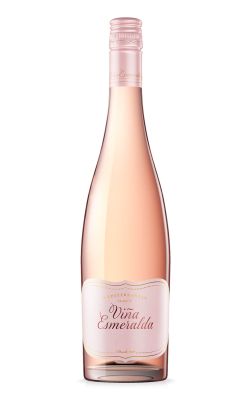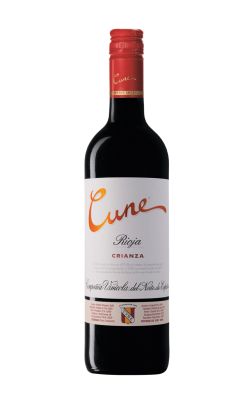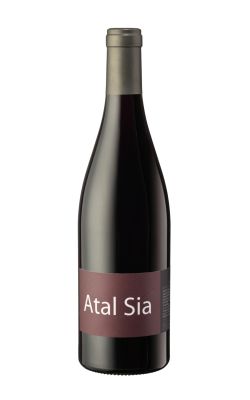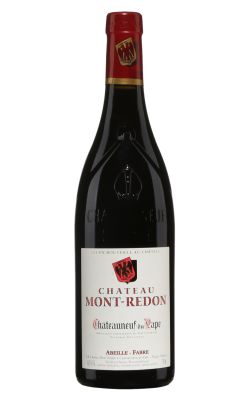Grenache, also known as Garnacha, is a versatile grape variety that has gained popularity among wine enthusiasts around the world. This ancient variety has a fascinating history and is celebrated for its ability to produce a range of high-quality wines.
Old World
The origins of Grenache can be traced back to Spain, where it is believed to have originated in the region of Aragon. From there, it spread to other parts of the country, including Catalonia and the Rioja region. In Spain, the grape is known as Garnacha and is widely cultivated, particularly in the regions of Priorat, Montsant, and Calatayud.
Grenache is known for its ability to thrive in hot, dry climates, making it well-suited for regions with Mediterranean climates. It is also a late-ripening grape, which means it requires a long growing season to fully develop its flavours. This characteristic has made it particularly popular in regions such as Southern France, where it plays a significant role in the production of wines such as Châteauneuf-du-Pape and Côtes du Rhône.
One of the reasons behind Grenache's popularity is its versatility. It is used to produce a range of wines, from light-bodied rosés to full-bodied reds. In rosé wines, Grenache is cherished for its vibrant red fruit flavours, such as raspberry and strawberry, combined with refreshing acidity. These wines are perfect for warm summer days and pair well with a variety of dishes, including seafood, salads, and grilled vegetables.
When it comes to red wines, Grenache is often blended with other grape varieties to create complex and well-structured wines. In the Southern Rhône region of France, it is commonly blended with Syrah and Mourvèdre to produce rich and full-bodied wines with notes of blackberry, cherry, and spices. These wines are known for their depth and complexity, with the Grenache grape contributing to the wine's fruit-forward and elegant character.
Grenache is also used to make single-varietal wines that showcase its unique characteristics. In regions such as Priorat in Spain, where old-vine Grenache is grown on steep and rocky slopes, it produces concentrated and highly expressive wines. These wines often exhibit flavors of dark fruits, black pepper, and licorice, with velvety tannins and a long finish.
One of the factors that contribute to the popularity of Grenache is its ability to age well. While it can be enjoyed in its youth, Grenache-based wines have the potential to develop complex aromas and flavours with age. The tannins mellow out, and the wine takes on more earthy and savory notes, making them even more enjoyable to drink.
New World
In recent years, Grenache has gained popularity beyond its traditional growing regions. It has found success in countries such as Australia and the United States, where it is often referred to as "Garnacha." Australian Grenache is known for its ripe fruit flavors and elegant structure, with the Barossa Valley being a particularly renowned region for its Grenache production. In the United States, regions such as California and Washington have also embraced Grenache, producing wines that showcase the grape's versatility.
With its rich history, adaptability to different terroirs, and ability to create wines with a wide spectrum of flavours, it's no wonder that Grenache has become beloved by wine enthusiasts worldwide. Whether you're sipping a refreshing rosé on a hot summer day or enjoying a complex and age-worthy red, Grenache offers a truly delightful experience for wine lovers of all kinds.

















































































































































































































